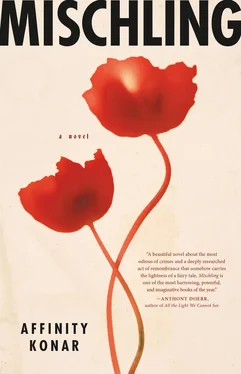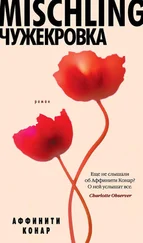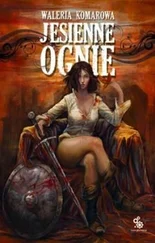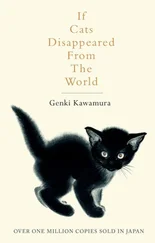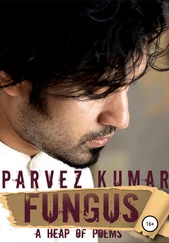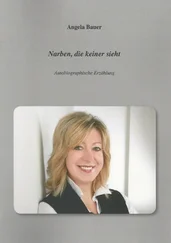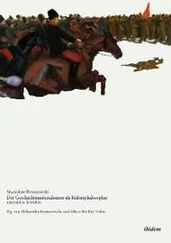“Aren’t you too old to play in the dirt?” Elma asked, giving my nose one final tug.
Neither of us knew how to respond, but Elma wasn’t looking for an answer. She was content simply admiring the slenderness of her shadow as it fell over our drawings. She pivoted to take in the view and then bent down for a closer look at the images in the dirt.
“What are those?” She pointed at the bullets.
“Teardrops,” Stasha answered.
Nurse Elma cocked her head to one side, and smiled at our drawings. I think she knew that the so-called tears were bullets. She must’ve been charmed by our subterfuge, though, because she didn’t handle us too roughly as she hoisted us up by our collars and steered us toward the red-crossed truck, her hands gripping the backs of our necks as if we were kittens she was dangling over a bucket of water but did not yet have permission to drown.
Stasha: Chapter Three Little Deathless
I want you to know the eyes. The hundreds of them, in a constant stare. They could look at you without ever seeing you and when you met their gaze, it felt as if the sky were tapping at your back in warning.
It was on the day that the eyes saw me that I was changed, made different from Pearl.
But to tell you about the eyes, I must first tell you about his laboratories. There were laboratories for blood-drawing, laboratories for x-rays. One laboratory we never saw, because it sat at the foot of one of the cremos and held the dead. Mirko claimed to have been inside that laboratory once, after a fainting spell. He said he woke beneath Uncle’s resuscitating hands and was saved, but others disputed the legitimacy of this account. See for yourself! Mirko always said to these naysayers, but all prayed that they never would.
The laboratories weren’t places you entered but places you were taken to, on Tuesdays and Thursdays and Saturdays, for eight hours at a time. They were filled with not only doctors and nurses but photographers and x-ray techs and artists with brushes, all of them determined to capture the particulars of us for Uncle’s medical review. In the hands of these technicians, we became picture after picture, file after file. Materials were extracted from us and colored with dye and placed between slides, set to whorl and fluoresce and live beneath the perspective of a microscope.
Late at night, when Pearl was fast asleep, her consciousness a safe distance from my own, I’d think of these tiny pieces of us and wonder if our feelings remained in them, even though they were mere particles. I wondered if the pieces hated themselves for their participation in the experiments. I imagined that they did. And I longed to tell them that it wasn’t their fault, that the collaboration wasn’t a willing one, that they’d been stolen, coerced, made to suffer. But then I’d realize how little influence I had over these pieces — after we’d been parted, they answered only to nature and science and the man who called himself Uncle. There was nothing I could do on their numerous, microscopic behalfs.
On the first occasion that these extractions were to be seized from our bodies, Nurse Elma led us down the hall of the laboratory. She held her fingertips to our backs so that we could feel the screw of her nails at our spines, and the airiness of her breath drifted down from on high, and our mouths were gagged by a perfume that made her sweeter than she really was. She escorted us past door after door, and when she trod on my heel I tripped and plunged forward and fell in a heap. When I looked up from this stumble, I saw Dr. Miri.
“Up, up,” she said. Urgency threaded her voice as she offered her hand. It was gloved, but I could feel the warmth of it still, and thrilled to her touch before seeing that she regretted the gesture. She recoiled, and put the hand in her pocket. At the time, I thought she regretted touching me because a show of kindness could compromise her standing with colleagues like Elma. Years later, I would realize her sorrow arose from taking care of the children that Uncle claimed for his own. It must have been like stringing a harp for someone who played his harp with a knife, or binding a book for someone whose idea of reading was feeding pages to a fire.
But these realizations weren’t available to me then as a semi-child, a hider-in-coats, a shrinking pretender to adulthood. There, in the laboratory, I knew only that we were flanked by two women who seemed to fall in interesting positions in the order of living things. They looked to be entirely without feeling, their soft forms walled with protective layers. In Nurse Elma, this seemed a natural state; she was an exoskeletal creature, all her bones and thorns mounted on the outside — a perfect, glossy specimen of a crab. I assumed that she was born this way, numb to everyone around her. Dr. Miri was differently armored — though she was gilded with hard plates, it was a poor protection, one that hadn’t warded off all wounds, and like the starfish, she was gifted at regeneration. When a piece of her met with tragedy, it grew back threefold, and the tissues multiplied themselves into an advanced sort of flesh with its own genius for survival.
How long, I wondered, would it take for me to become like her?
I hadn’t meant to wonder it aloud, but that’s exactly what I did, because Elma’s hand closed on my shoulder, and she gave me a shake.
“Are you talking about me?” the nurse chided.
“About her.” I pointed to Dr. Miri, who blushed. But she was adept at covering for us children and negotiating Elma’s moods.
“She only means that she wants to be a doctor someday too,” she said, and her face, with its telling eyes, telegraphed that I should follow her lead. “Isn’t that right?”
I nodded, and rocked back and forth on my heels as I stood before them, made myself smaller, more girlish. People usually found the gesture quite charming, for whatever reason. It worked for Pearl and Shirley Temple both, and it worked for me then, because the nurse released me.
“Well, then,” she boomed, and she rapped her knuckles on my head. “Maybe if you work hard enough you will become a great doctor someday. Anything is possible here, yes?”
Will you believe me when I say that the weather saved me from having to answer this absurd question? We heard a knocking at the windows of the laboratory, a sound like thousands of tiny fists pummeling the glass. A scatter of nurses and doctors rushed about, closing the windows, fastening them shut, while beads of hail spilled down onto the floors. It was as if a sea’s worth of oysters had been pried open in the sky and released the treasures that were my sister’s namesake into the halls of the laboratory.
In this white tumult of hail, Pearl and I found ourselves unattended, and our interest was drawn to a room a few steps away, its door ajar. I stepped forward for a closer look at what lay within. Through the door slit, I saw walls lined with books, and I had a finger-twitch to steal one of the volumes. Surely, a laboratory book would be able to advise me on how to make my body withstand a place like this, how to fortress it and put the pain out. Books had never led me in the wrong direction. It seemed foolish to try to endure without such counsel by my side.
On tiptoe, I approached the room and pushed on the knob gently, but the sweat on my palm made it too slick, and the door swung open and the hinges tattled on me with a creak — Nurse Elma, her cap askew, stormed in and yanked me from the doorway, but as she did so, the door opened still further. And that’s when I met the eyes, or when the eyes met me.
I remain uncertain as to how to classify the exchange of glances that took place.
All I know was that rows of eyes presided over the desk on the rear wall. They were fastened through the iris, pierced with pins, all assembled as neatly as children at roll call. They were colored like a pretty season: green and hazel and brown and ocher. A lone blue eye stood at attention on the periphery. All the eyes were faded in the way only living things that no longer live can be, their irises veiled with husks of tissue that stirred when a breeze lilted through the window. At their centers, the silvery winks of pins assured their captivity.
Читать дальше
